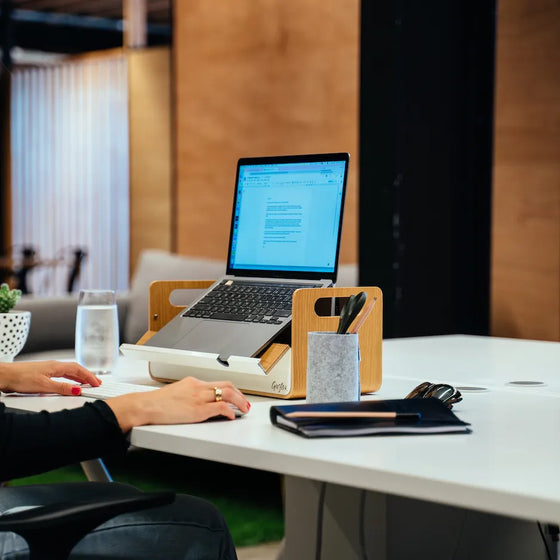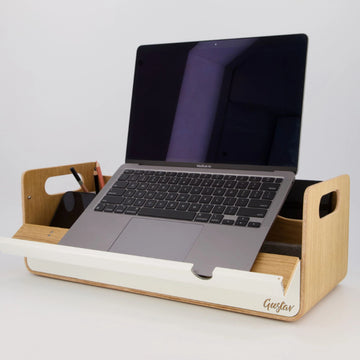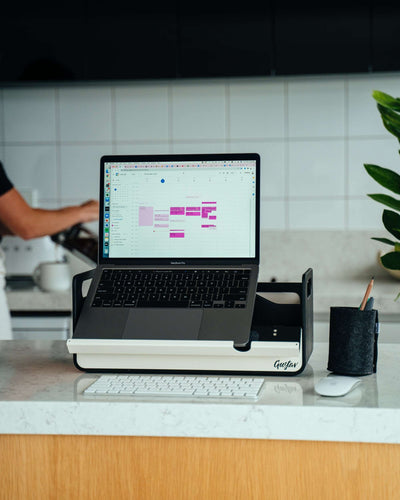Journal
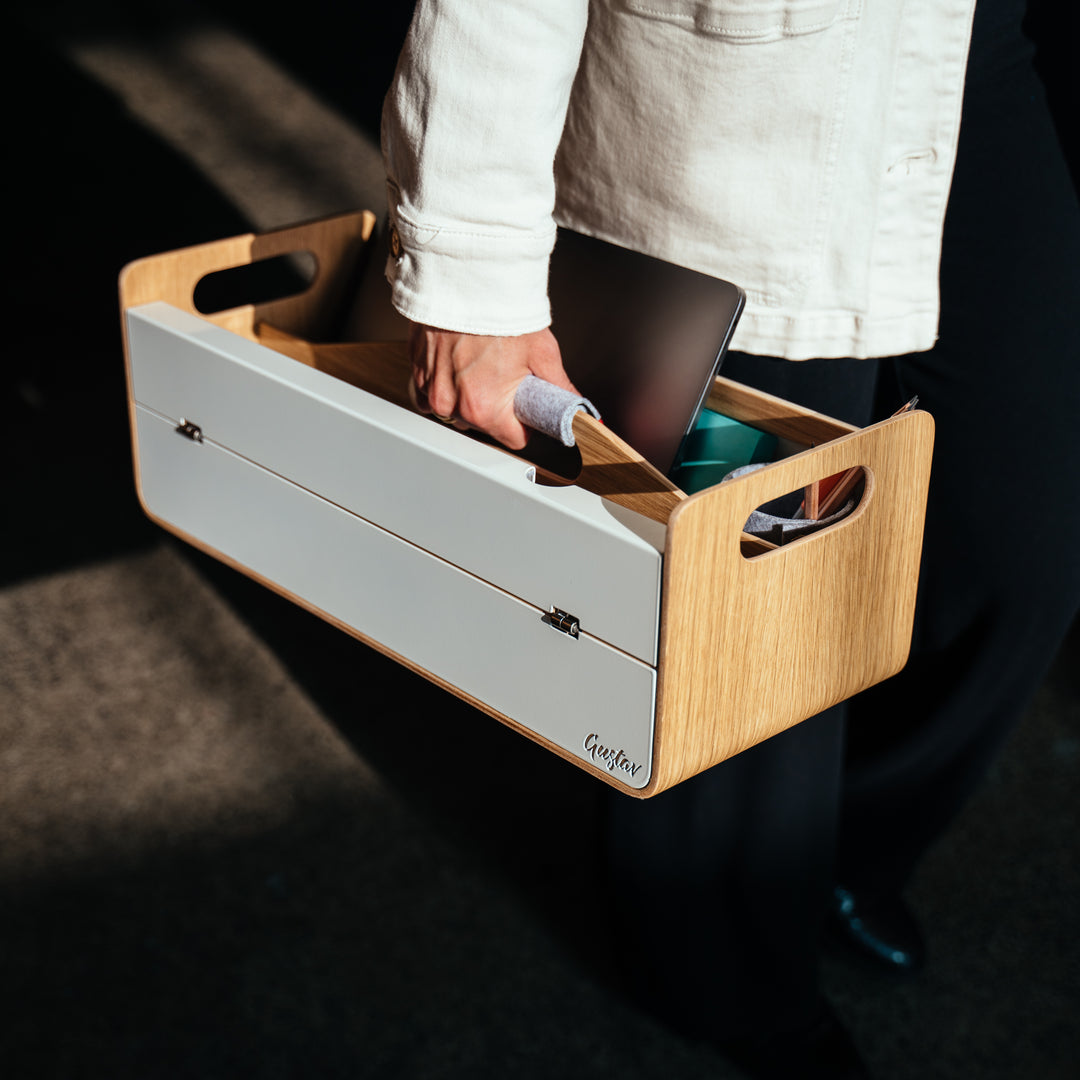
Everyone is looking forward to a time without lockdowns and strict security measures - but what will the working world look like after Corona? Work experts and futurologists agree: hybrid working is the future. With these success factors, you can master the home office and mobile working mix.
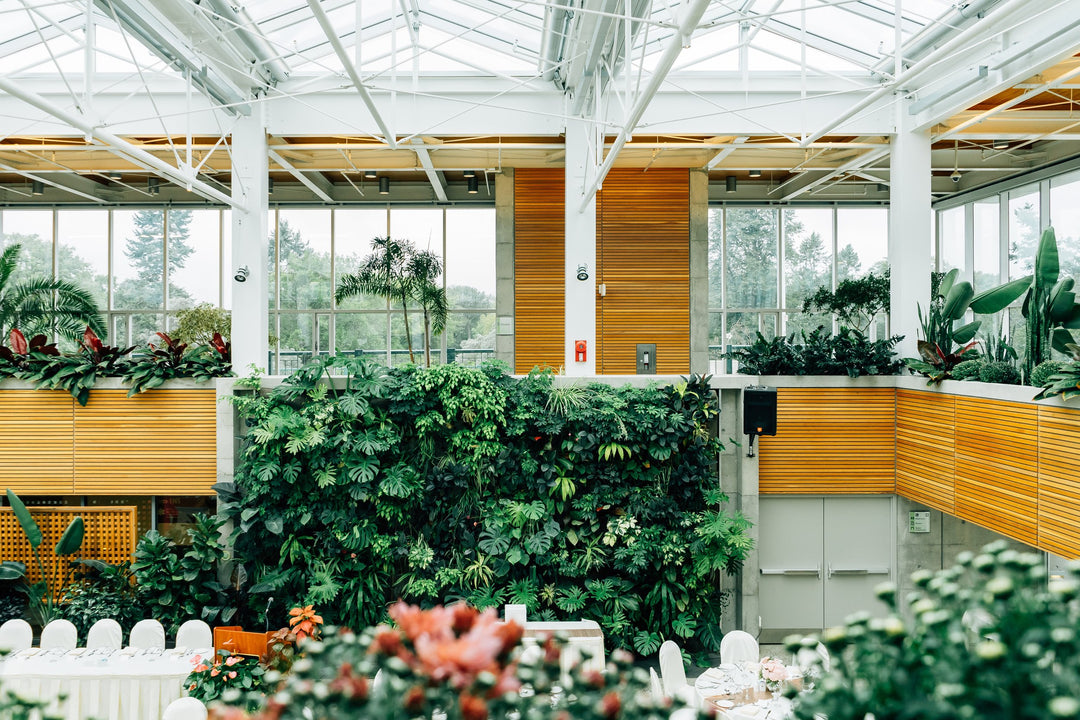
The Green Office: How Sustainability Works in the Workplace
More and more companies are advertising that they run a sustainable or green office. We take a look at what makes a workplace a sustainable role model and how one's own office can be optimised to conserve resources.
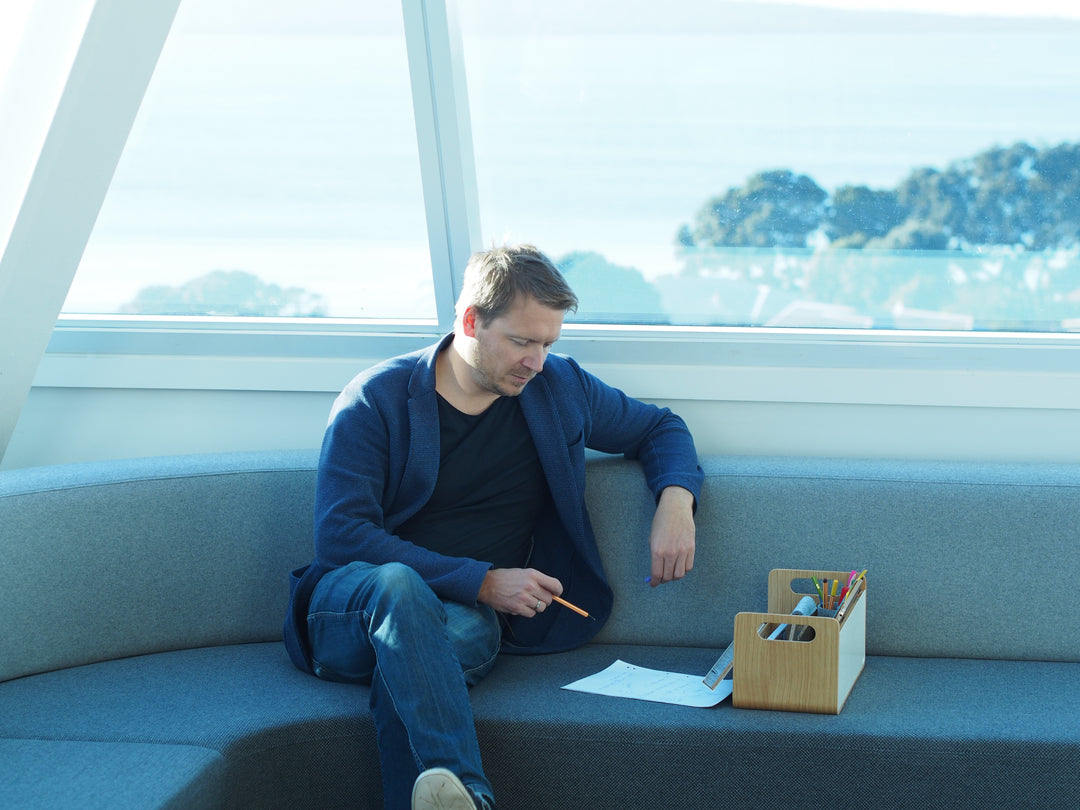
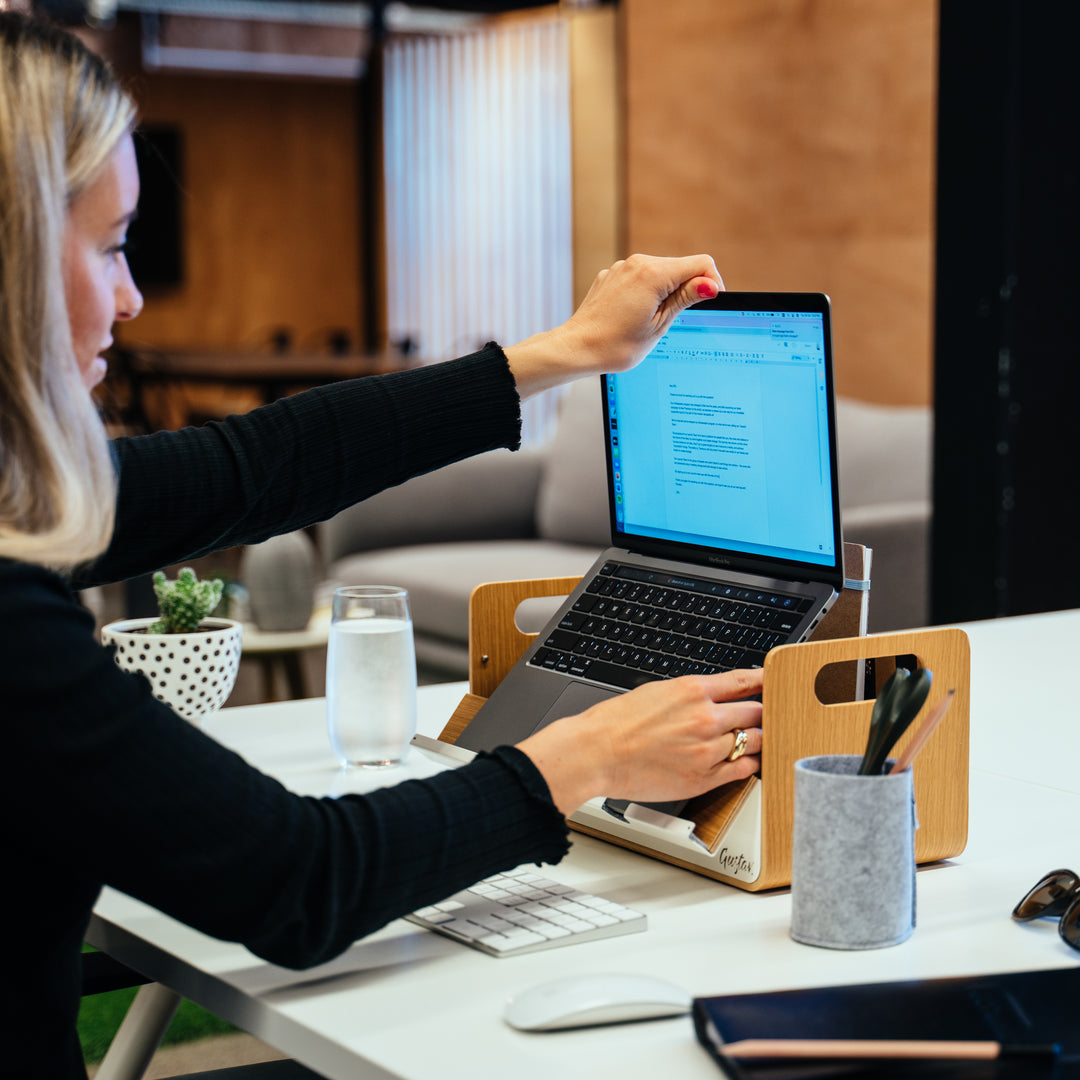
The best tools for Hot Desking and Activity Based Working
Activity-based working offers suitable environments for different professional activities. We show the best tools for it on the Gustav Blog.



